Portal:Dominican Republic
Introduction
The Dominican Republic is a country in the Caribbean located on the island of Hispaniola in the Greater Antilles of the Caribbean Sea in the North Atlantic Ocean. It shares a maritime border with Puerto Rico to the east and a land border with Haiti to the west, occupying the eastern five-eighths of Hispaniola which, along with Saint Martin, is one of only two islands in the Caribbean shared by two sovereign states. In the Antilles, the country is the second-largest nation by area after Cuba at 48,671 square kilometers (18,792 sq mi) and second-largest by population after Haiti with approximately 11.4 million people in 2024, of whom 3.6 million reside in the metropolitan area of Santo Domingo, the capital city. The Dominican Republic has the largest economy in the Caribbean and the seventh-largest in Latin America. Over the last 25 years, the Dominican Republic has had the fastest-growing economy in the Western Hemisphere – with an average real GDP growth rate of 5.3% between 1992 and 2018. GDP growth in 2014 and 2015 reached 7.3 and 7.0%, respectively, the highest in the Western Hemisphere. Recent growth has been driven by construction, manufacturing, tourism, and mining. The country is the site of the third largest (in terms of production) gold mine in the world, the Pueblo Viejo mine. The gold production of the country was 31 metric tonnes in 2015. The Dominican Republic is the most visited destination in the Caribbean. A geographically diverse nation, the Dominican Republic is home to both the Caribbean's tallest mountain peak, Pico Duarte, and the Caribbean's largest lake and lowest point, Lake Enriquillo. The island has an average temperature of 26 °C (78.8 °F) and great climatic and biological diversity. The country is also the site of the first cathedral, palace, monastery, and fortress built in the Americas, located in Santo Domingo's Colonial Zone, a World Heritage Site. (Full article...) Selected article -The Taíno are the Indigenous peoples of the Greater Antilles and surrounding islands. At the time of European contact in the late 15th century, they were the principal inhabitants of most of what is now The Bahamas, Cuba, the Dominican Republic, Haiti, Jamaica, Puerto Rico, and the northern Lesser Antilles. The Lucayan branch of the Taíno were the first New World people encountered by Christopher Columbus, in the Bahama Archipelago on October 12, 1492. The Taíno historically spoke an Arawakan language. Granberry and Vescelius (2004) recognized two varieties of the Taino language: "Classical Taino", spoken in Puerto Rico and most of Hispaniola, and "Ciboney Taino", spoken in the Bahamas, most of Cuba, western Hispaniola, and Jamaica. They lived in agricultural societies ruled by caciques with fixed settlements and a matrilineal system of kinship and inheritance. Taíno religion centered on the worship of zemis. The Taíno are sometimes also referred to as Island Arawaks or Antillean Arawaks. Indigenous people in the Greater Antilles did not refer to themselves originally as Taíno; the term was first explicitly used in this sense by Constantine Samuel Rafinesque in 1836. Historically, anthropologists and historians believed that the Taíno were no longer extant centuries ago, or that they gradually merged into a common identity with African and Hispanic cultures. Scholarly attitudes to Taíno survival and resurgence began to change around the year 2000. Many people today identify as Taíno and many more have Taíno descent, most notably in Puerto Rico, Cuba, and Dominica. A substantial number of Puerto Ricans, Cubans, and Dominicans have Indigenous mitochondrial DNA, which may suggest Taíno descent through the direct female line, especially in Puerto Rico. While some communities describe an unbroken cultural heritage passed down through the generations, often in secret, others are revivalist communities who seek to incorporate Taíno culture into their lives. (Full article...) General images -The following are images from various Dominican Republic-related articles on Wikipedia.
Selected picture -Selected biography -Juan Luis Guerra Seijas (born 7 June 1957) is a Dominican musician, singer, composer, and record producer. Throughout his career, he has won numerous awards including 28 Latin Grammy Awards, three Grammy Awards, and one Latin Billboard Music Award. He won 3 Latin Grammy Awards in 2010, including Album of the Year. In 2012, he won the Latin Grammy Award for Producer of the Year. He has sold 15 million records worldwide, making him one of the best-selling Latin music artists. Guerra is one of the most internationally recognized Latin artists of recent decades. His popular style of merengue and Latin fusion has garnered him considerable success throughout Latin America. He is also credited for popularizing bachata music on a global level and is often associated with the genre, although his distinct style of bachata features a more traditional bolero rhythm and aesthetic mixed with bossa-nova influenced melodies and harmony in some of his songs. He does not limit himself to one style of music, instead, his music incorporates a wide arrange of diverse rhythms such as merengue, bachata, bolero, balada, fusion, salsa, cumbia, mambo, cha-cha-cha, pop, rock and roll, reggae, classical, R&B, folk, blues, jazz, funk, soul, rock, hip-hop/rap, son cubano, and religious, amongst many others. Ojalá Que Llueva Café is one of his most critically acclaimed pieces. (Full article...) Related portalsTopicsCategoriesSelect [►] to view subcategories
Dominican Republic Dominican Republic-related lists Buildings and structures in the Dominican Republic Culture of the Dominican Republic Economy of the Dominican Republic Education in the Dominican Republic Environment of the Dominican Republic Geography of the Dominican Republic Government of the Dominican Republic Health in the Dominican Republic History of the Dominican Republic Organizations based in the Dominican Republic Dominican Republic people Politics of the Dominican Republic Society of the Dominican Republic Dominican Republic stubs WikiProjects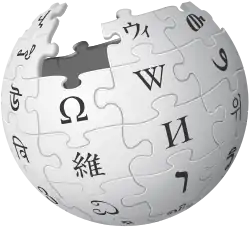 WikiProject Dominican Republic
Things to do
Associated WikimediaThe following Wikimedia Foundation sister projects provide more on this subject:
SourcesDiscover Wikipedia using portals
| |||||||||||||||||||||||||

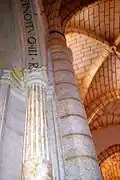
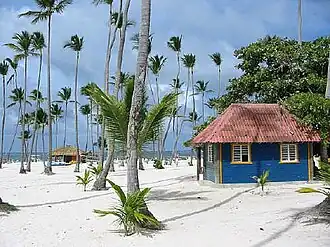
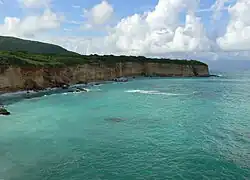
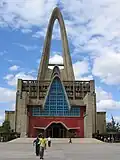
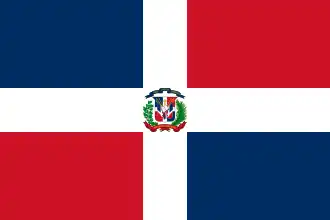
.jpg)


.jpg)
.jpg)
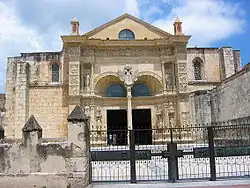
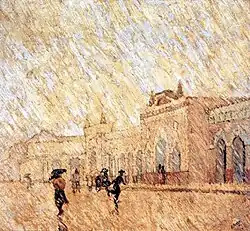
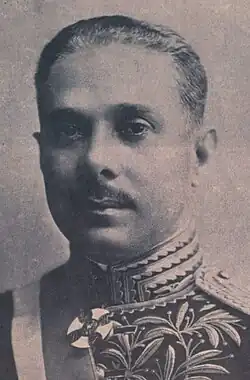
.jpg)


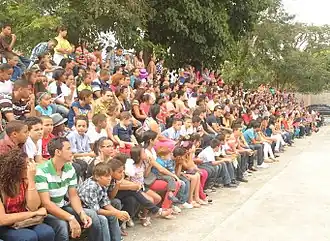
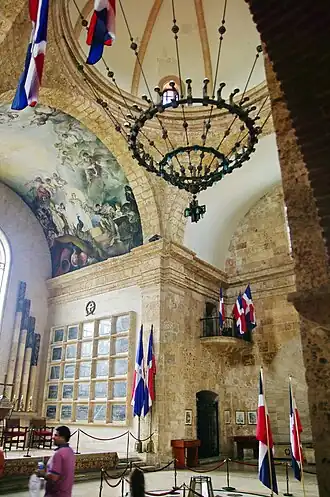

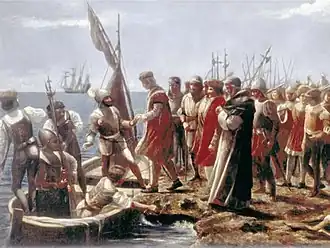

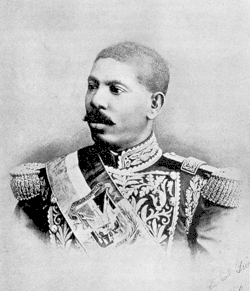
.jpg)
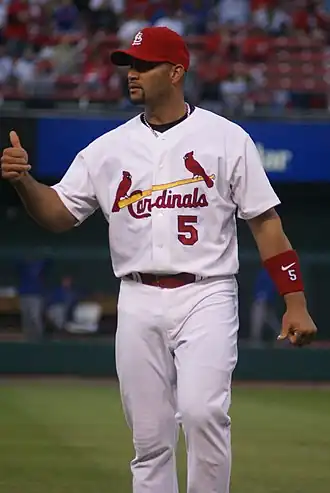


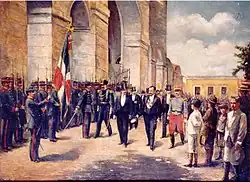
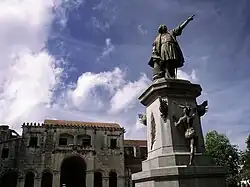
.jpg)


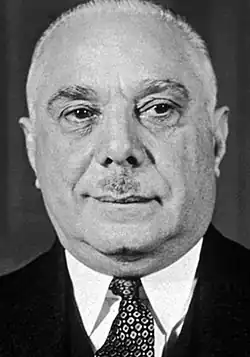

.jpg)

.jpg)
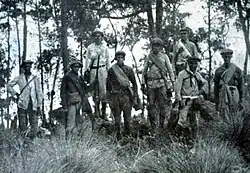
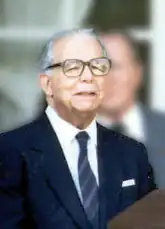

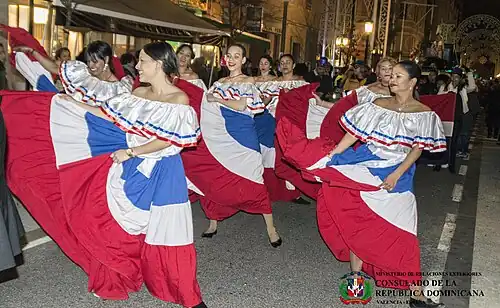



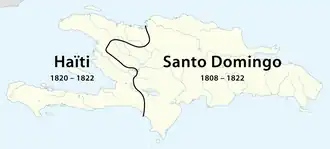



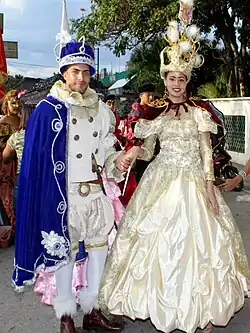
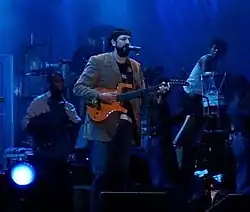
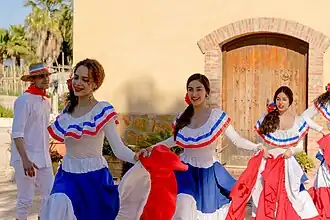
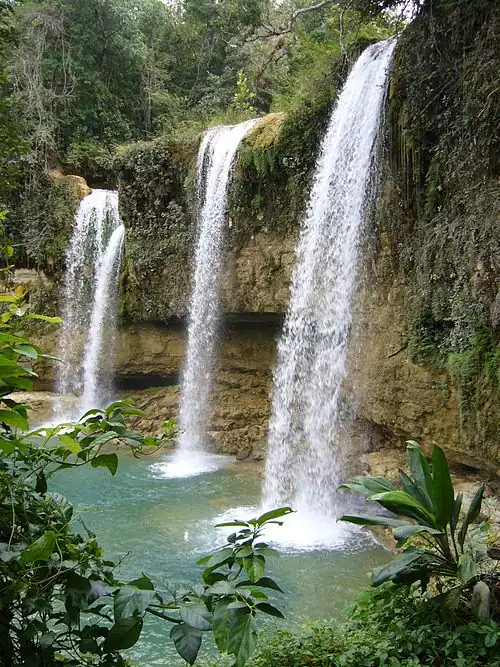
.jpg)













